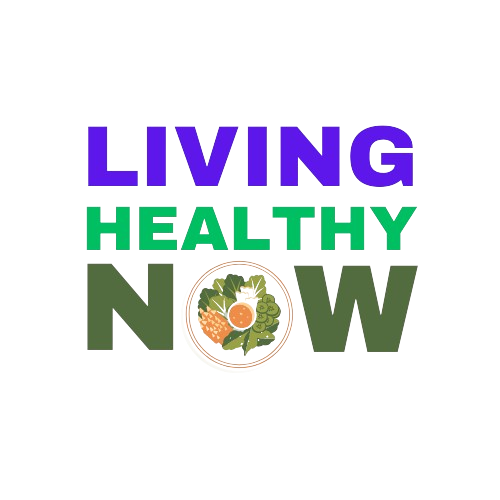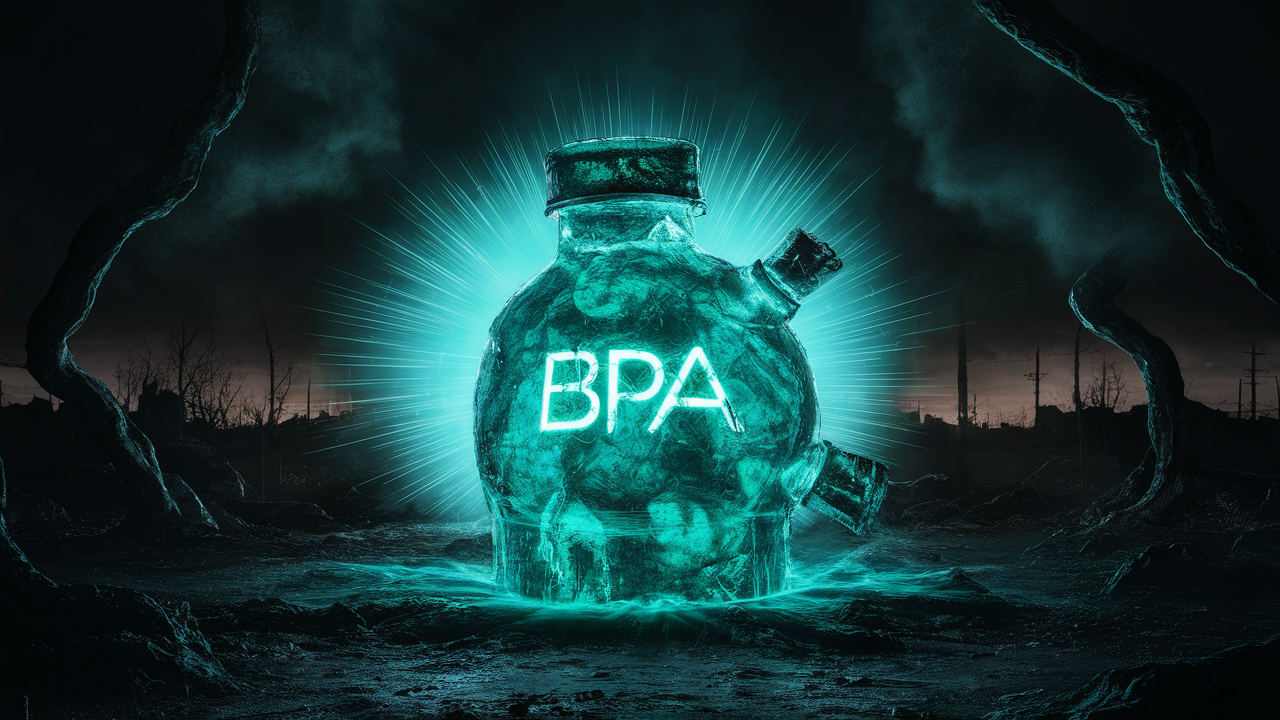As consumers, understanding risks related to bisphenol A (BPA) in plastic is crucial. BPA exists in various plastic items we use, like water bottles and food containers. It’s everywhere in our daily use products.1 Navigating the BPA risks and the many alternatives can be overwhelming. Here, we will look at what BPA is, its health impacts, and how to pick the best plastic water bottles for you.
Key Takeaways
- BPA is an industrial chemical used in certain plastics and resins since the 1950s, found in items like water bottles, food containers, and the lining of canned goods.1
- Concerns about BPA include its potential to leach into food and beverages and its possible health effects on fetal development, prostate gland, and children’s behavior.1
- Research suggests links between BPA exposure and increased blood pressure, type 2 diabetes, and cardiovascular disease.1
- The FDA considers BPA safe at very low levels, but continues to monitor the research on its potential health impacts.1
- Consumers can reduce BPA exposure by using BPA-free products, avoiding heated plastics, and choosing fresh, whole foods over canned or packaged items.1
What is BPA and Why is it a Concern?
BPA stands for Bisphenol A, and it’s an industrial chemical. It’s been around since the 1950s. This chemical is used to make certain plastics and resins.1 You can find BPA in things like food containers and water bottles. It’s also in the linings of food cans.1
An Overview of Bisphenol A (BPA)
Paying attention to BPA in products is important. It can get into our food or drinks from its packaging. Some studies think BPA might affect our health, like harming the brain and the prostate. It could even affect the way babies and kids behave.1
Potential Health Risks of BPA Exposure
Some scientists worry BPA might not be good for us. They found it could be linked to things like high blood pressure and diabetes.1 This is why they keep studying it. They want to know if it’s really bad for our health.
FDA’s Stance on BPA Safety
The FDA says that in low amounts, BPA in food is probably okay. They looked at a lot of research to decide this.1 But, they’re still paying attention to new findings. They want to make sure it’s safe for us.
Products That May Contain BPA
We should know about products that could have Bisphenol A (BPA). Plastic containers, canned foods, and toiletries are common. So are menstrual products, thermal printer receipts, and CDs. Also, watch out for household electronics, eyeglass lenses, and sports gear. Dental filling sealants might have BPA too.
Plastic Containers for Food and Beverages
Look out for certain containers that might have BPA. They’re often labeled with recycling codes 3 or 7. That means they’re made with polycarbonate plastics or epoxy resins. Drinking water pipes can also have BPA in their epoxy lining.
Canned Foods and Beverage Cans
Canned foods and beverage cans could have BPA too. The epoxy resins used inside might contain BPA.
Other Consumer Products with BPA
BPA is in more than just food and drink containers. It’s in toiletries, menstrual products, and thermal printer receipts. Some household electronics and sports equipment have BPA as well.
Knowing where BPA might be helps us make better choices. We can then look for safer products.
BPA Exposure and Health Implications
BPA acts like estrogen in our bodies and can cause harm. For both men and women, it may lead to inflammation or cell damage by oxidative stress.
Hormonal Effects and Endocrine Disruption
BPA can cause problems with hormones and disrupt our bodies’ balance. In mice, it has led to lower testosterone and worse quality sperm for males. Females faced issues like fewer healthy eggs and trouble implanting. They also saw early signs of reproductive aging.
Potential Link to Infertility
For both genders, BPA’s effects on hormones could lead to infertility. Studies in animals show it can hurt reproductive functions. This means lower sperm quality, less viable eggs, and issues with implantation.
Association with Obesity, Heart Disease, and Diabetes
BPA’s inflammations can also play a role in obesity, heart disease, and type 2 diabetes. It messes up our hormone system and stresses our cells and mitochondria.

BPA Free Water Bottles
Nowadays, plastic items, like water bottles, often carry the label “BPA-free.” This label means that they don’t use the chemical BPA. However, they might not be completely safe.2 The FDA says small amounts of BPA in water bottles aren’t harmful. But, studies show that the replacements for BPA, like BPS and BPF, could also harm us.2
Understanding the “BPA-Free” Label
Water bottles without BPA are known as BPA-free. They don’t use the chemical bisphenol-A. Companies say these bottles are safer because they don’t release harmful chemicals into drinks.2
Assessing the Safety of BPA Alternatives
We are still learning about the safety of BPA substitutes. It’s not clear if they are truly better for us than BPA. To be safe, it might be best to use materials like glass or steel for food or drink storage.3
Minimizing BPA Exposure
To cut our risk from BPA, we can change our daily habits. Start by eating fewer packaged foods that may have BPA. Look for foods that say “BPA-free” and enjoy fresh, whole foods as much as you can.1
Choose drinks in glass bottles, not plastic or cans, whenever possible.1 This choice avoids BPA from plastic. Also, don’t microwave food in plastic to keep it safe.1
Choosing BPA-Free Products
Many companies make BPA-free plastic things like water bottles and containers now.4 But know this: even if something is “BPA-free,” it might have other bad chemicals like BPS or BPF. These can be harmful too.4
When shopping, look for recycle codes 1, 2, 4, or 5 on plastic items. These are safer options.4 Also, use resources like the Environmental Working Group to find safe food and drink containers.4
Avoiding Heated Plastics
Heating plastics can let more BPA and bad chemicals into our food and drinks.4 To lower this risk, use glass, porcelain, or stainless-steel containers for hot foods. These materials are safer.1
Embracing Fresh, Whole Foods
Eating fresh, whole foods is a great way to lower BPA exposure.1 Processed foods and canned goods in plastic often have BPA. Stick to fresh, unprocessed options when you can.1
Making these small changes helps protect us from BPA and its harm. It’s good for our health.5
Regulatory Measures and Consumer Awareness
There are big worries about BPA’s effects on health and the environment. This is making groups like the U.S. Food and Drug Administration (FDA) and others act. The FDA now stops BPA in some food packages, like baby bottles and infant formula containers.6 It stays sharp, watching for new info about BPA, saying it’s safe at very, very low levels in food.6
But, consumer groups ask for tougher rules and better labels on BPA stuff. This makes more people know the risks, especially for babies and kids.6 Now, many brands sell items marked as “BPA-free”. Yet, we don’t know enough about the safety of what they use instead.6
FDA’s Regulation of BPA in Food Packaging
The FDA is careful about BPA. It says BPA is okay for most food packages and keeps checking new studies. It thinks the very tiny amounts that might get into food are safe.6
Consumer Advocacy and Labeling Initiatives
Yet, consumer groups want stricter rules and clearer labels. This has made more people aware of BPA dangers. Now, lots of brands offer “BPA-free” items. But, we’re still not sure if those are safe.6
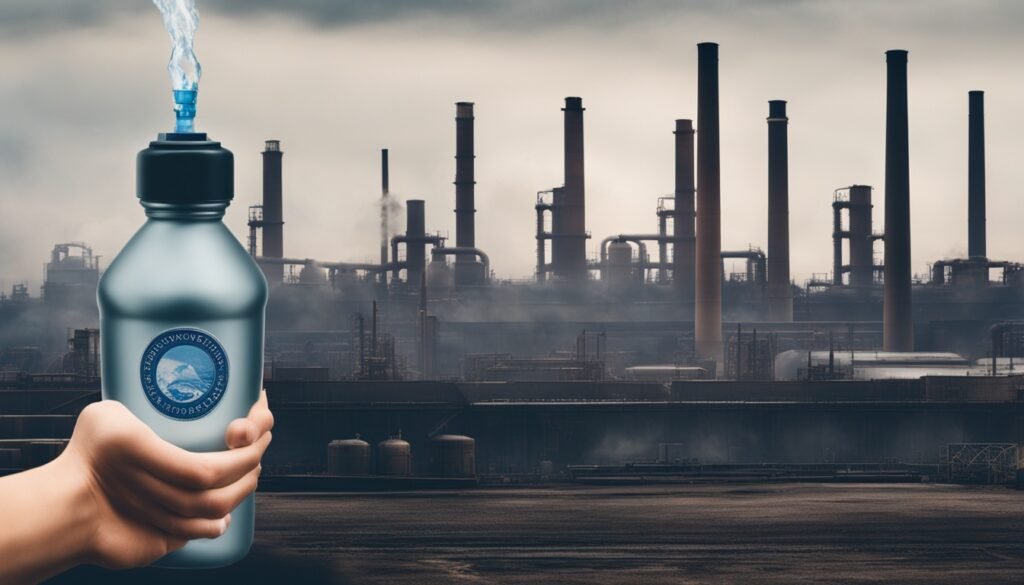
Ongoing Research and Future Implications
Current research connects BPA to health issues like infertility, obesity, and heart disease. More studies are needed to know exactly how dangerous BPA is. We need to find out the safe limit for BPA and its real effect on us. With time, as we learn more, agencies and groups for consumers will help set new standards for safety.
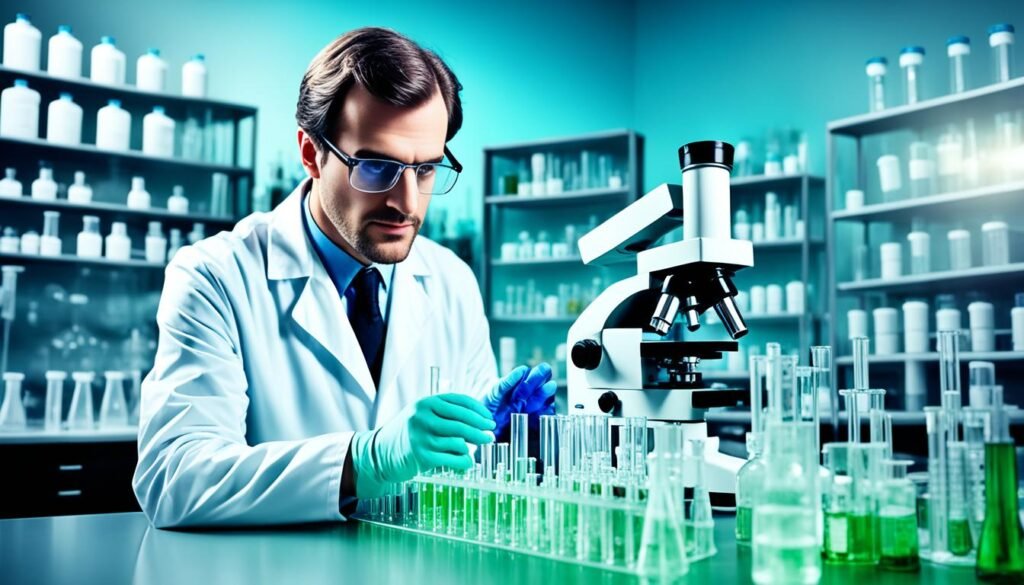
The bpa research is ongoing. This study looks at the health effects of BPA and its replacements. It will help make rules safer for everyone. This includes making safer products and better choices for the health of people and the Earth.
| Key Findings | Implications |
|---|---|
| BPA exposure linked to infertility, obesity, heart disease, and certain cancers | More research is needed to find safe levels and understand effects on health |
| BPA alternatives like BPS and BPF may also have similar cell-disrupting effects7 | We must update regulations and encourage the use of safer options |
| Stainless steel and glass are more eco-friendly and potentially safer than plastic bottles7 | It’s important for companies to focus on safe and eco-friendly choices7 |
Safer Alternatives to Plastic Water Bottles
Plastic water bottle alternatives are out there. They’re good for us and the world. Think about using glass bottles. Glass is the best for water bottles. It doesn’t let out chemicals, has no taste, and can be used again and again.8
Glass and Stainless Steel Options
Stainless steel, ceramic, and glass are the top choices for water bottles. They keep water safe and clean.8 Glass does not have lead or BPA, making it great for you. Also, how glass and ceramics are made has gotten much better. They don’t include dangerous things like lead and cadmium anymore.8
Don’t forget about stainless steel bottles. Hydro Flask keeps water cold for a full day and hot for 12 hours. It’s top in both ease and safety.9 Then there’s Klean Kanteen. They’re easier on the budget. But they aren’t as good at keeping drinks the right temperature.9
Sustainable and Reusable Choices
Using reusable and sustainable water bottle options is smart. It cuts down on plastic waste and is good for people.9 Think about all the plastic bags and bits in the ocean. By using reusable containers, we make a big change.9
With glass, ceramic, or metal water bottles, we do a lot of good. We keep ourselves healthy. And we help the Earth by using less plastic.10 These chemical-free materials are a good choice instead of plastic water bottles.8
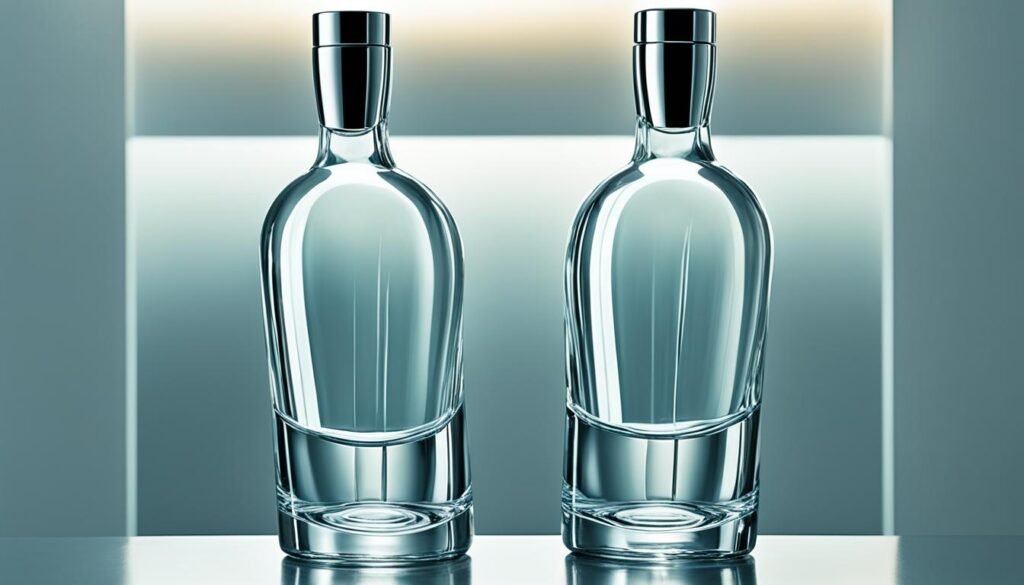
The Importance of Reducing Plastic Waste
Plastic products, like bottled water, cause big problems. They harm our health and the planet. Only a few plastic bottles get recycled. This leads to lots of them in our landfills every year.11 Making plastic bottles creates a huge amount of carbon dioxide. This adds to global warming. It’s a serious issue we need to address.11
Environmental Impact of Plastic Pollution
Plastic pollution hurts our planet and everything living on it. It leads to tiny bits of plastic, known as microplastics, getting into our food.12 We use and throw away billions of plastic bottles. This makes plastic pollution much worse.12 It takes many years for plastic bottles to break down. And as they do, they release toxic chemicals into our environment.12
Promoting a Circular Economy
A circular economy is the way forward. It means making things that can be used again or turned into something new. This is key to fighting plastic waste and living more sustainably.5 Drinkware without BPA is a better option, especially if it’s easy to recycle. It supports a circular economy. This also lightens the load on our waste systems.5 By choosing BPA-free drinkware from sustainable sources, we help protect our planet. This choice lowers the need for harmful plastic and mining.5
Balancing Convenience and Health Concerns
Consumers often find themselves choosing between the ease of plastic items, like water bottles, and the worries about their health and the world. This choice needs a clear look at the good and bad points, and a choice that values personal and environmental health.13 Teaching people about new research and giving them better, green choices can help them choose wisely based on what they believe.
Plastic water bottles are handy to carry around,13 but they might have bad stuff like BPA that can mix into the water, especially when it’s hot or if you use the bottle a lot.13 Because of this, many are going for water bottles that are BPA-free. This is because they care about health and the planet.14 Laws make sure these BPA-free bottles are safe, which helps people feel better about using them.14
Yet, we’re still learning about the safety of these BPA-free choices.14 Studies are ongoing to check if they are really free of risks in the long run.14 Looking into materials like stainless steel and glass might be a good idea. They’re tough and don’t cause health concerns, which many people who care about their health and the earth like.
Keeping up with the latest info from health and environmental experts can help us make smarter choices about water bottles.1413 This way, we put our own health and our planet first.14 Stories from real people show how much it can help to switch to BPA-free bottles.14 And, because 85% of people prefer these safer options,14 there’s a big need for more eco-friendly choices.
Consumer Education and Informed Choices
It’s vital to keep up with the latest updates on BPA and its substitutes. This lets us make informed choices about what we buy and use.15 Look for solid sources of facts. Think about the good and bad points. Always put your health and the environment first when picking out products, like water bottles.15
Staying Informed on Emerging Research
The European Chemicals Agency (ECHA) calls Bisphenol A (BPA) a concern since 2017. It’s known to disrupt hormones.15 BPA can get into water from plastic bottles, food cans, and water systems.15 Using products with BPA could lead to problems with having babies, kids growing, and even some cancers.15 We need to stay up to date on what we know about BPA and its friends. It’s important for our health and the planet.15
Making Mindful Decisions
Though BPA has substitutes like BPS and BPF, they are quite alike and may cause the same issues.15 Choosing BPA-free items is wise. Look for safer choices in filters, bottles, food storage, baby items, and can food.15 UNITED BLUERISE is a great example. They ensure their filters don’t have BPA. Plus, they help people pick the best filters for clean water.15 Making smart choices and being aware helps. It betters your health and the world we share. Let’s be careful in what we use, for a better future for all.15
Conclusion
BPA is a common chemical that many worry about today. It can move from containers into our food and drinks. Some think it might cause health problems like not being able to have babies, getting too heavy, and certain kinds of cancer.16
The FDA says BPA is fine in small amounts. Still, many keep looking into it and want products without BPA. They say things like glass or stainless steel bottles might be safer.17
Knowing what we use and choosing wisely is key. This helps our health and the planet. We can make companies create better, safer things. And we can make our future healthier by being careful with what we buy.1617
FAQ
What is BPA and why is it a concern?
What products may contain BPA?
How does BPA exposure affect human health?
Are BPA-free products a safe alternative?
How can I reduce my exposure to BPA?
What is the regulatory status of BPA?
What are the safer alternatives to plastic water bottles?
What are the environmental concerns with plastic products?
How can consumers make informed decisions about plastic products?
Source Links
- https://www.mayoclinic.org/healthy-lifestyle/nutrition-and-healthy-eating/expert-answers/bpa/faq-20058331
- https://waterboyinc.com/bpa-free-vs-regular-water-bottles/
- https://www.factsaboutbpa.org/blog/explanation-bpa-plastic-water-bottles/
- https://www.treehugger.com/how-to-reduce-exposure-to-bpa-1204017
- https://elementalbottles.com/blogs/news/the-importance-of-bpa-free-drinkware-health-and-environmental-concerns
- https://www.fda.gov/food/food-packaging-other-substances-come-contact-food-information-consumers/bisphenol-bpa-use-food-contact-application
- https://www.justbottle.co/pages/the-importance-of-sustainable-hydration
- https://www.healthierhomes.com/post/safest-material-for-bottles
- https://wellnessmama.com/health/plastic-water-bottle-alternatives/
- https://green.thefuntimesguide.com/alternatives_to_bottled_water/
- https://www.agood.com/blogs/stories/how-reusable-water-bottles-help-reduce-plastic-waste
- https://www.spoutwater.com/blogs/post/eco-wise-choices-the-benefits-of-reducing-plastic-waste
- https://alleo.ai/blog/are-all-water-bottles-the-same-how-does-it-affect-your-health
- https://medium.com/@tamalikaj5/is-it-safe-to-drink-water-from-a-bpa-free-water-bottle-d7fbf8d3cc95
- https://www.linkedin.com/pulse/understanding-impact-bpa-water-importance-bpa-free-products
- https://splitflask.com/blogs/news/are-bottled-water-bpa-free
- https://www.nationalgeographic.com/science/article/news-BPA-free-plastic-safety-chemicals-health
